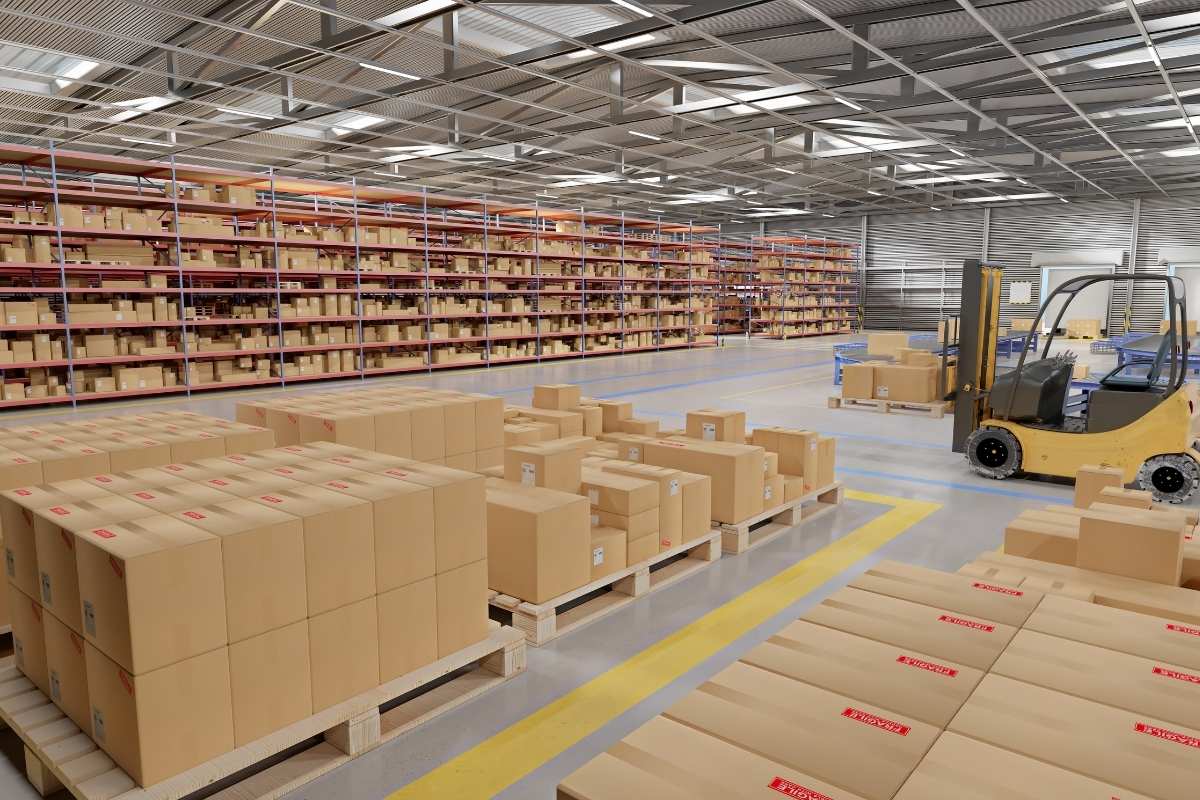In the world of logistics and supply chain management, efficiency is key. Businesses are constantly seeking ways to optimize their operations, reduce costs, and enhance customer satisfaction. One of the most effective strategies to achieve these goals is through the implementation of cross-docking processes. This article delves into what cross-docking is, its benefits, and how it can be effectively integrated into supply chain operations.
What is Cross-Docking?
Cross-docking is a logistics practice where incoming shipments are directly transferred to outbound transportation without being stored in a warehouse. This process allows for the rapid movement of goods from one mode of transport to another, minimizing the need for inventory storage. Instead of traditional warehousing, where products are stored until they are needed, cross-docking processes facilitate the quick turnaround of goods, making them available for immediate distribution.
Types of Cross-Docking Processes
It can be broadly categorized into two types: pre-distribution and post-distribution.
- Pre-Distribution Cross-Docking: This type involves sorting and consolidating products before they reach the cross-dock facility. Products are pre-packaged and organized based on their final destination. When the shipments arrive, they are quickly unloaded and loaded onto outbound trucks, reducing handling time and improving efficiency.
- Post-Distribution Cross-Docking: In this method, goods arrive at the cross-dock facility without prior sorting. The sorting occurs at the facility, where workers group products based on their final destinations. This approach requires more handling but is beneficial for businesses that receive varied shipments.
Benefits of Cross-Docking Processes
The advantages of adopting cross-docking processes are significant and multifaceted:
1. Reduced Inventory Costs

One of the primary benefits of cross-docking is the substantial reduction in inventory holding costs. By minimizing or eliminating storage time, businesses can reduce warehousing expenses and decrease the need for large inventory reserves. This cost-effectiveness is particularly valuable for companies dealing with perishable goods or products with a short shelf life.
2. Increased Efficiency
It streamlines the logistics chain, resulting in quicker turnaround times. Goods can be unloaded, sorted, and loaded onto outbound transportation within hours, allowing companies to respond swiftly to customer demands. This agility is crucial in today’s fast-paced market, where customer satisfaction hinges on timely deliveries.
3. Enhanced Supply Chain Visibility
Implementing cross-docking processes fosters better visibility across the supply chain. With real-time tracking and monitoring systems, businesses can gain insights into their inventory flow and transportation operations. This transparency enables companies to identify bottlenecks and inefficiencies, leading to informed decision-making.
4. Improved Customer Satisfaction
With faster delivery times and reduced stockouts, businesses can enhance their customer service. Cross-docking processes enable companies to fulfill orders quickly and efficiently, leading to increased customer loyalty and satisfaction. In industries where speed is critical, such as e-commerce and grocery distribution, cross-docking can be a game-changer.
5. Sustainability Benefits
It contributes to sustainability efforts by reducing the carbon footprint associated with warehousing and transportation. With fewer trucks required to move goods to and from storage facilities, companies can minimize fuel consumption and emissions. Additionally, less packaging is often needed, further reducing waste.
Implementing Cross-Docking Processes
To successfully integrate cross-docking processes into a supply chain, companies must consider several key factors:
1. Assessing Suitability
Not all businesses are suited for cross-docking. Companies should assess their product types, order volume, and transportation methods to determine if cross-docking is a viable option. Industries with high demand variability may find cross-docking processes particularly beneficial.
2. Optimizing Facility Layout

The layout of the cross-dock facility plays a crucial role in its efficiency. An optimized layout minimizes travel time for workers and equipment, allowing for smoother transitions between incoming and outgoing shipments. Companies should invest in designing facilities that facilitate quick unloading, sorting, and loading processes.
3. Leveraging Technology
Advanced technologies, such as warehouse management systems (WMS) and transportation management systems (TMS), are essential for effective cross-docking processes. These systems enable real-time tracking, inventory management, and data analysis, improving overall operational efficiency.
4. Training Staff
Proper training of staff is critical for the success of cross-docking processes. Employees should be familiar with the equipment, safety protocols, and efficient handling techniques to ensure smooth operations. Regular training sessions can help maintain high productivity levels and reduce errors.
5. Establishing Partnerships
Building strong relationships with suppliers and transportation providers is essential for successful cross-docking. Collaboration ensures that shipments arrive on time and are correctly organized for outbound distribution. Companies should prioritize communication and collaboration to streamline operations.
Challenges of Cross-Docking Processes
While cross-docking offers numerous benefits, it also comes with its own set of challenges:
1. Dependency on Timing
It heavily relies on precise timing. Any delays in incoming shipments can disrupt the entire operation, leading to missed deadlines and customer dissatisfaction. Companies must develop contingency plans to address potential delays.
2. Inventory Management Complexity

Managing inventory can become complex, particularly in post-distribution cross-docking scenarios. Businesses need robust systems to track and manage inventory levels accurately, ensuring that the right products are available for timely distribution.
3. Space Limitations
Cross-docking requires adequate space for both incoming and outgoing shipments. Companies may face challenges if their facilities are not designed to accommodate the necessary volume of goods. Investing in infrastructure improvements may be necessary for effective implementation.
Conclusion
In conclusion, cross-docking processes represent a powerful strategy for enhancing supply chain efficiency. By minimizing inventory holding costs, increasing speed, and improving customer satisfaction, businesses can gain a competitive edge in today’s dynamic market. However, successful implementation requires careful planning, technology integration, and ongoing staff training. As companies continue to seek innovative solutions to streamline their operations, cross-docking will remain a vital component of modern logistics practices.
By understanding and effectively utilizing cross-docking processes, businesses can not only improve their operational efficiency but also position themselves for long-term success in the ever-evolving landscape of supply chain management.
Did you find this article helpful? Visit more of our blogs! Business Wolf Magazine






